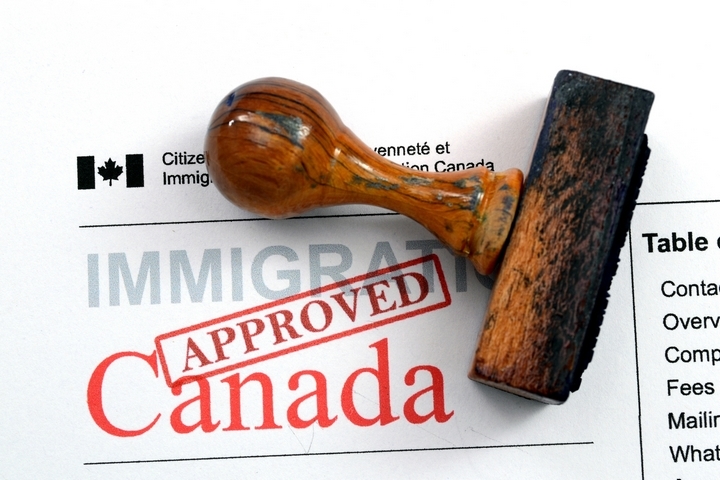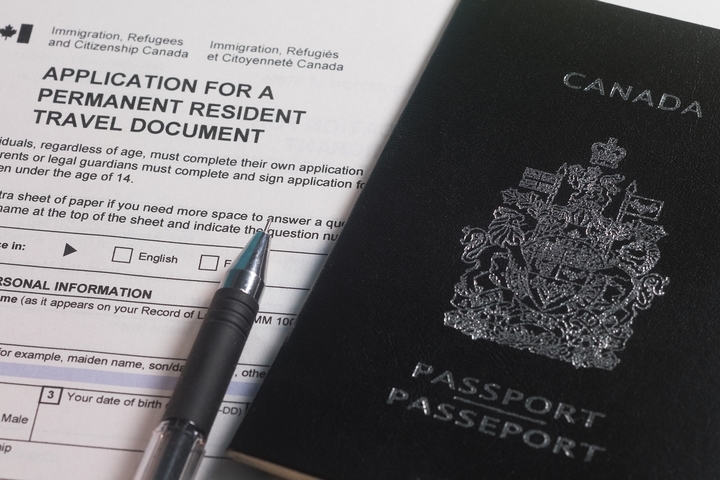Do you want to live the Canadian dream? Well, find employment opportunities in the Great White North and file for a work permit. There is no reason why one of the richest nations on the planet cannot be your home, either temporarily or permanently.
Like south of the border, Canada is suffering from a skills shortage. There are plenty of jobs around, but there are not too many Canadians filling those positions. Even for remedial jobs, like that of a Tim Hortons cashier, it is hard for employers to hire Canadian workers. As a result, these businesses need to look outside the country for warm bodies.
This is where you come in. Get your work permit in Canada and enjoy new opportunities for you and your family. If you are unsure about how to get a work permit in Canada, here are eight tips that will help with the application process:
1. Are You Eligible for a Work Permit?

You are applying for a work permit because you are not a Canadian citizen or you are currently a Canadian immigrant who do not possess permanent residence status. So, in order to legally obtain employment in the Great White North, you must apply for a work permit. In certain circumstances, you might also be required to apply for a Temporary Resident Visa.
There are some instances where you do not need to apply for a temporary work permit, including clergy, emergency service workers, entertainers, and some others.
2. Do You Have a Job Offer?

To increase your odds of being accepted for a work permit in Canada, you need to show that you already have a job offer. Otherwise, you might need to apply for a separate work permit, which can be difficult to receive from the federal government.
Here is how you show you have a job offer:
- Provide a job offer letter.
- Give a copy of an employment contract (title, wages, working conditions).
- Submit a Labour Market Impact Assessment (LMIA).
For your own knowledge, an LMIA ensures that companies are looking for Canadians first to fill employment opportunities.
In the end, when the person in charge of your file, approves the credentials, then you are one step closer to receiving your work permit.
3. Have You Gotten Your Permit Application?

You have two options for your work permit application: use paper application or apply online. Each one has its own benefits. But the main advantage is time. An online application is typically processed in two weeks, while a paper application takes six to eight weeks to complete.
Experts say that it is essential that you include every single document noted on the application’s checklist. If you fail to hand in these documents, then your application will be returned to you.
4. Do You Have the Fees?

Are you ready for a sticker shock? Well, here we go: The application fee is $150. When you get a work permit in Canada, make sure you have enough funds for the application process to go through.
5. Are You Bringing Your Spouse?

In most cases, work permit applicants can bring their souses with them to work. However, it is important that they, too, apply for a work permit. But there are instances where you can bring your significant other on the first visa to Canada and then apply for a specific job during this time.
6. Know Your Rights

Contrary to popular opinion, foreigners who are here on a work permit are entitled to the same workers’ rights as Canadian citizens. Whether you are employed in a blue-collar position or are working in a white-collar job, you have the same rights as anyone else in the country.
While this does vary by jurisdiction, you will also generally be entitled to Employment Insurance sickness benefits.
7. There Are Two Types of Work Permits

This is not openly discussed, but there are two types of work permits.
The first work permit is for someone who already has a specific employment opportunity lined up. Once they arrive in Toronto, Saskatoon, or Victoria, these individuals are getting ready to work.
The second work permit is for foreigners who can come into the country and look for work without depending on the nation’s social services. This is a lot harder to obtain, but there are exceptions, which is understandable.
8. International Mobility Program

Are you eligible for the International Mobility Program?
This is when you have been working for a multi-national or Canadian-owned business for one of the last three years. You can request a transfer to a Canadian office under this program. But it does involve two things: employer assistance for your application and your nation needs a trade agreement with Canada.
The International Mobility Program can make working in Canada faster and easier.




